Imagine you need to repair a wooden item that requires a small amount of wood filler. You might have one on hand, but upon opening the can, you discover that the wood filler is all hard and dried due to it being left in the container for some time.
Don't worry, as we've researched how to soften dry wood filler to help you out.
Depending on the base of the wood filler, there are two ways you can revive it.
You can either add:
- Water to soften water-based wood fillers.
- Acetone to soften solvent-based fillers.
The key to reviving it is bringing back moisture. In this article, we will discuss how to soften a dry wood filler in detail and how to store wood filler to lengthen its shelf life properly. With that said, let's dive right into this topic below!
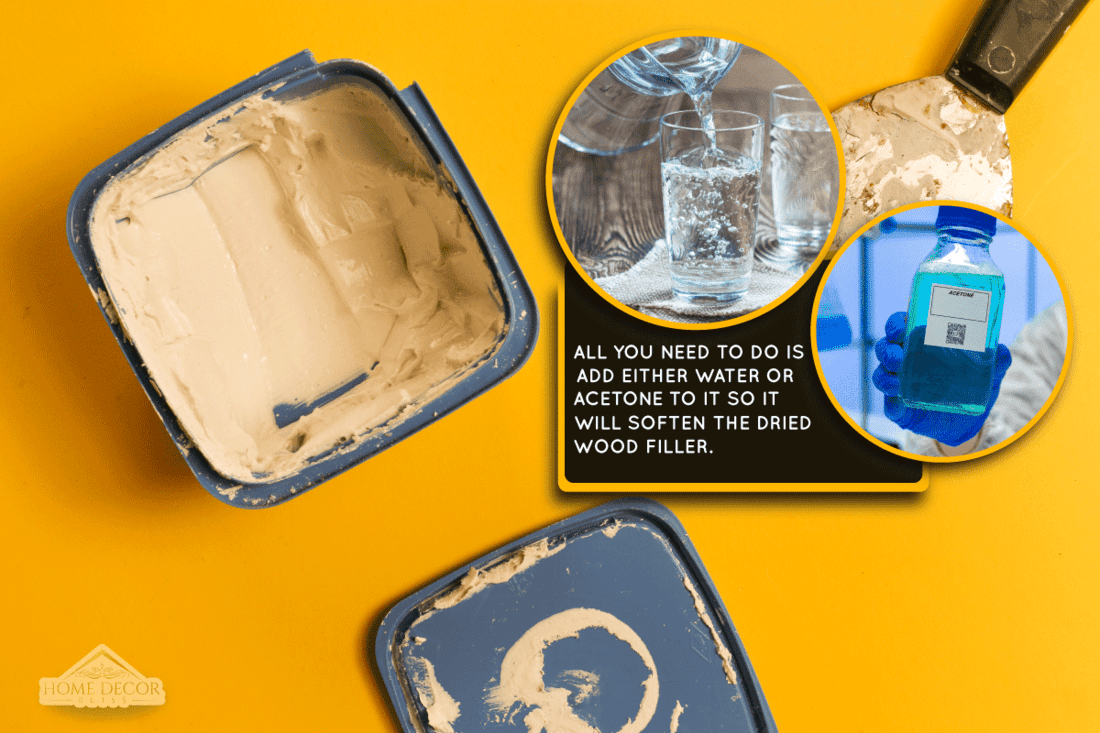
How To Soften Wood Filler In A Can
When you open a can of wood filler that has hardened over time, do not throw it right away. You can still bring it back to life if it has not turned brittle. All you need to do is add either water or acetone to it so it can soften the dried wood filler.
Rememberd that when adding water or acetone, start with a small amount and then add more gradually. This is easier to control the wood filler as you don't want it to be too thin.
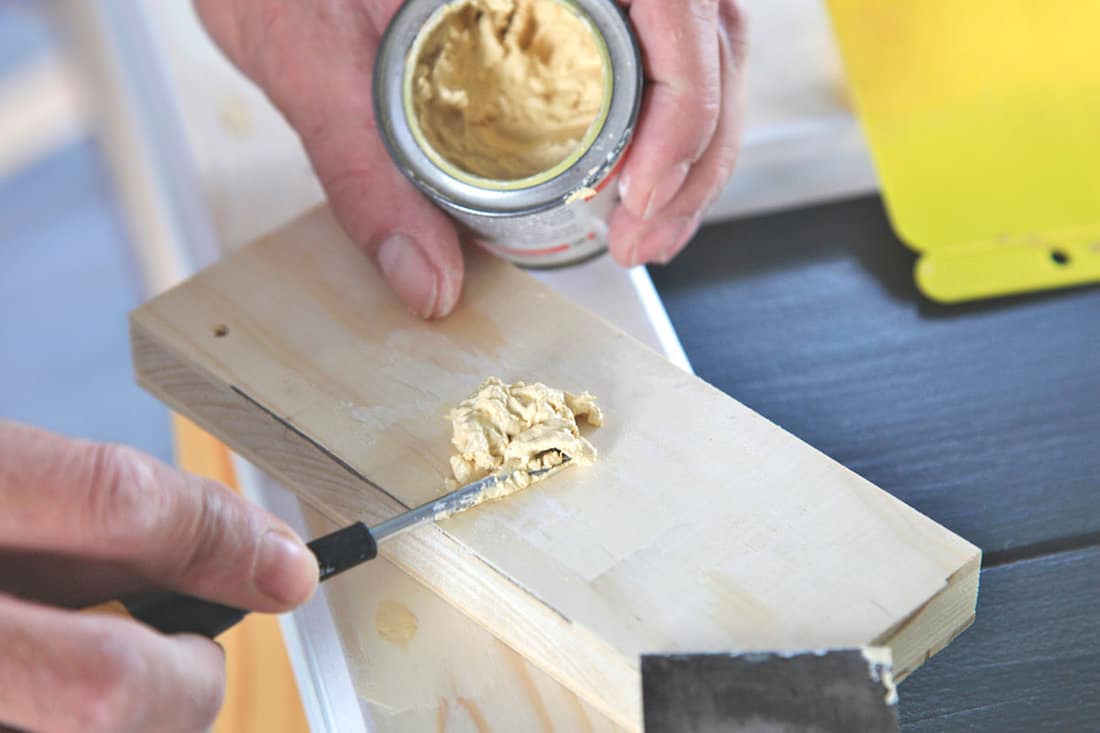
We may include affiliate links and curated AI content to highlight top design styles.
Water-Based Fillers Revived By Adding Water
First, open the can. Add a bit of water to make the top layer soft. Next, mix the filler using a stick or any tool. The wood filler will change consistency after you have added the liquid.
Lastly, add water-based wood glue to the mix. The wood filler is composed of a filling and a binding agent. When you add the water, the binding agent dilutes, so you must replace it with glue.

Solvent-Based Wood Fillers Revived By Adding Acetone
These steps are a bit different from water-based wood fillers.
First, open the can and poke the dried-out filler. There should be holes for the acetone to seep through. Don't worry if the leftover filler crumbles; the consistency will change later.
Next, pour acetone to cover the top layer of the wood filler. Cover the can with the lid and let the acetone do its job for 15 minutes. Note that you may add more later if the filler is still stiff.
Finally, reopen the lid and mix the wood filler. It may be stiff initially, but you must mix it thoroughly. If there is excess acetone after mixing, you may discard it properly.

How Do You Properly Store Wood Filler?
Wood filler has liquid components which evaporate over time.
Because of this, the wood fillers become dry. It is a good thing that you can revive the filler. However, proper storage can help save you from the trouble of softening the dry wood filler.
Here are some tips you can follow to store your wood filler properly:
- The lid of the wood filler container sometimes allows moisture to escape. This causes the product to dry. A simple hack to this is to put plastic wrap under the lid. This will prevent evaporation, thus keeping the wood filler moist. This also works well with paints.
- You may also put the container in a zip lock. The result is the same as putting plastic under the lid.
- Another solution is to put the wood filler inside the fridge. This works with fillers in tubes as well. Just remember to tell the people in the house that there is wood filler inside the refrigerator so they won't mistake it for a bread spread.
- If you don't want to put the wood filler in the fridge, you can just put it in a cool and dry place.
Do Wood Fillers Expire?
Generally, wood fillers have no expiration date, but they have a shelf life.
Shelf life means a specific time a product can be stored without becoming unfit, while an expiration date is a pre-determined time when something should not be used anymore.
How Do You Know You Can Revive Wood Filler?
The wood filler's shelf life depends on moisture and humidity. If you store the leftover wood filler in a hot place, it'll dry out quickly, and if you let it sit there for a long time, you may be unable to revive it.
To know if you can still soften dry wood fillers, look at their consistency. If the filler is still crumbly and not holding its shape after adding water or acetone, it may mean it's past its shelf life.
Why Does My Wood Filler Keep Cracking?
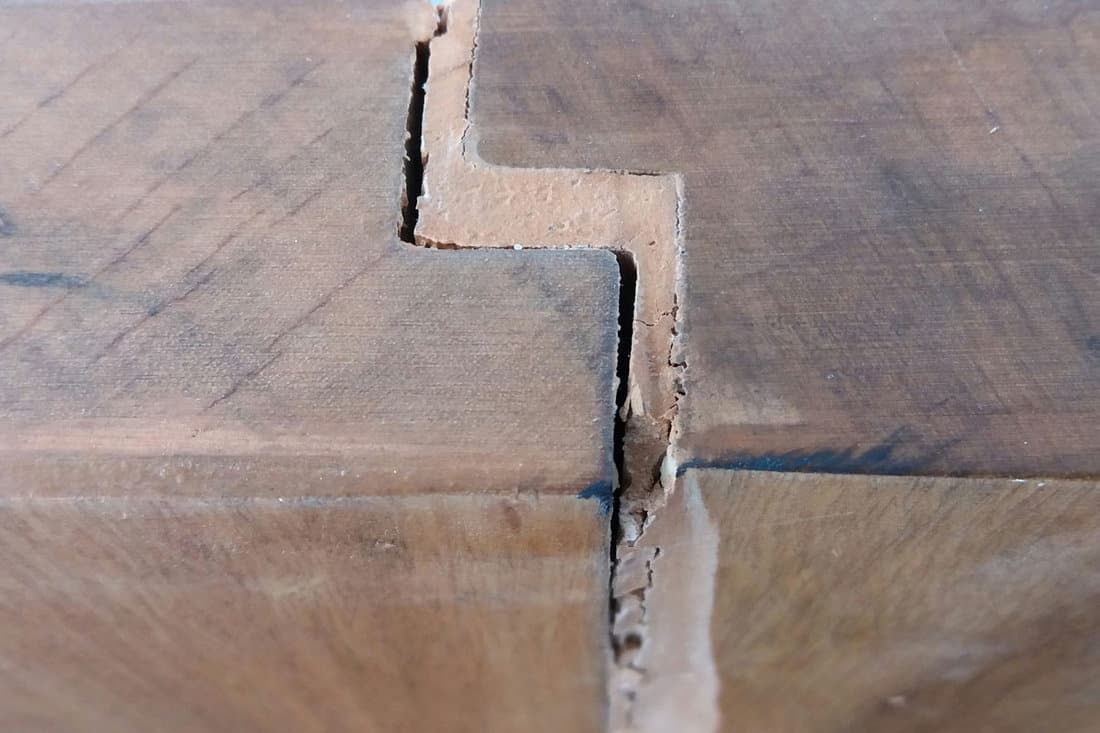
After some time, it is common for the wood filler to crack. However, this depends on factors such as the application's tools, humidity, the curing time, and the timing of sanding.
Use appropriate tools for application. Putty and spackle knives are not applicable for wood fillers. It is better to use a spreader when using wood fillers for an even application.
Let the wood filler cure properly. Curing depends on the temperature in your area. Although most wood fillers dry quickly, drying time will take longer than expected if it is too cold.
Remember that a filler will certainly crack if it isn't cured correctly.
Prepare the surface. There is a tendency for wood fillers to crack if the repair area is not sanded. For the wood filler to adhere to wood, sanding is essential.
See this wood filler spreader on Amazon.
How Do You Remove Wood Filler To Get To The Screws?
Sometimes, a repair includes removing the wood fillers you have already applied.
You may end up with a result you're unsatisfied with and might need to redo. Another instance is when it's all crumbly and dry.
In these cases, you may remove the dried-out wood filler. To altogether remove the filler, you may use a drill bit or a sharp object to get rid of it.
Drill out the filler at the slowest speed using a drill smaller than the hole you patched. Next, use a sharp object to dig out the remaining fillers. Don't forget to sand the area before adding new wood fillers if you are planning to redo the wood repair.
If you are trying to remove a dried wood filler smear, you can try to use mineral spirits.
Dampen a cloth with the mineral and rub it in the smear. You can scrape the dried wood filler off if this doesn't work. You may use a paint scrapper or a putty knife for the job.
Click here to see this paint scrapper on Amazon.
What Will Dissolve Wood Filler?
When doing a wood project, it is best to wear gloves to avoid getting wood fillers on your hands. If wood fillers come into contact with your skin, wipe them off with a cloth.
It is easy to remove, but if it dries out before you wipe it off, you'll need to wash it with water, mineral spirits, or denatured alcohol.
Can You Revive Old Spackle?
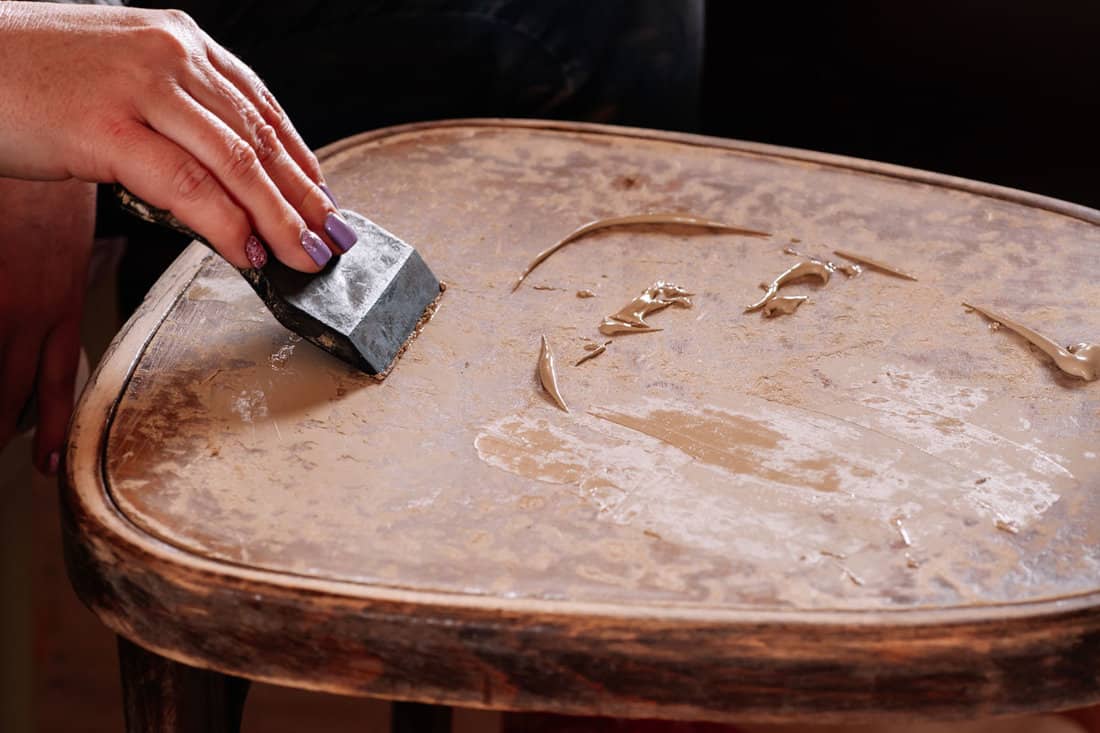
Another product used for patching holes, especially on drywalls, is spackle. Like wood fillers, there is also a tendency for spackles to dry out. If this happens, don't throw it out as it is easy to soften it.
Spackle can be revived or rehydrated by adding water.
Stab or poke the spackle paste and pour warm water into the can. Mix the water and spackle until it becomes smooth. Add water as needed, and it should be pliable again.

Click here to see this spackle on Amazon.
Final Thoughts
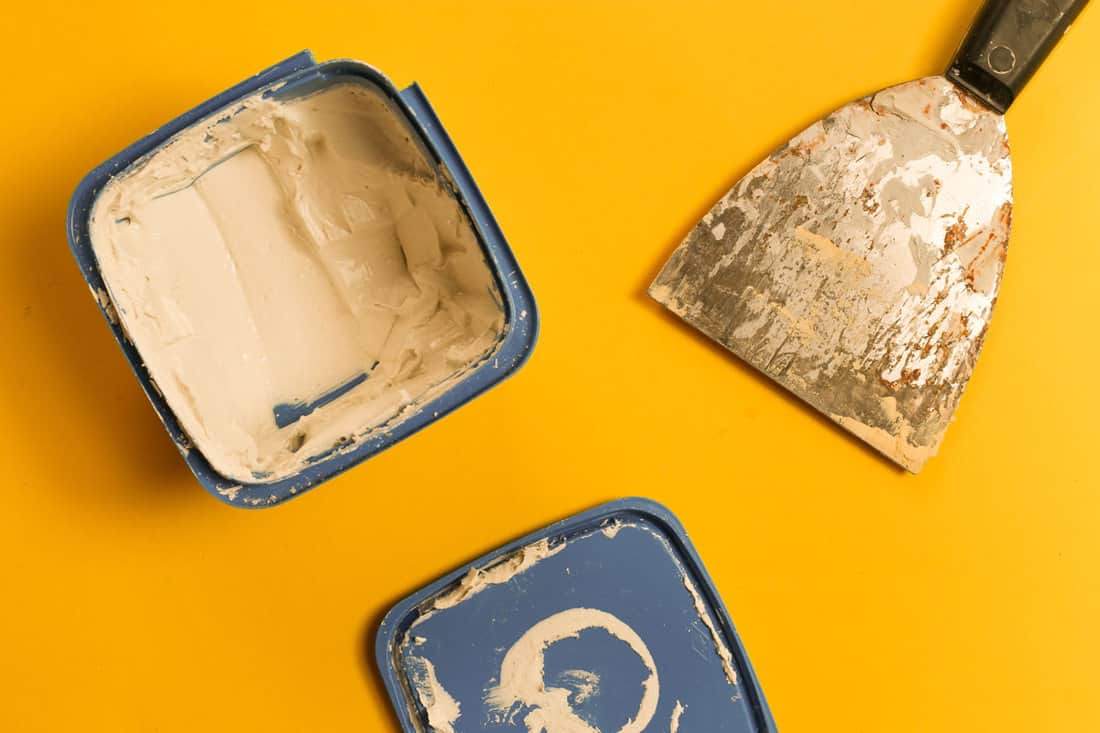
Do not throw it out immediately when you have leftover wood filler that has dried out. You can still bring it back to life by adding either water or acetone, depending on the component of the fill.
It is easy to restore if it is still not past its shelf life.
Made it this far? Check out these related articles below:





